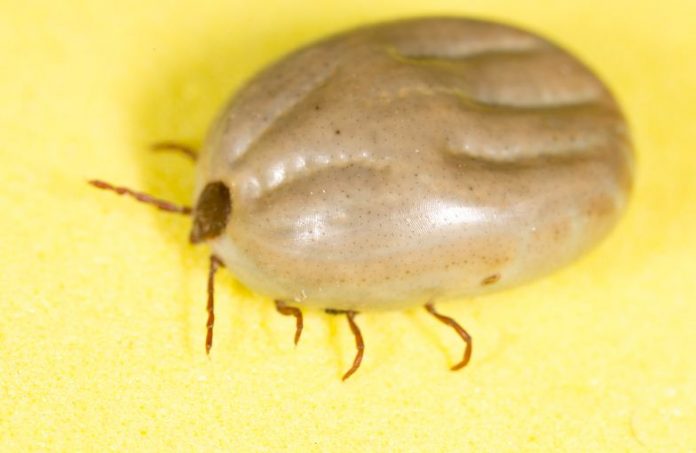Lyme disease is caused by a micro-organism called BorreliaBurgdorferi – a type of Spirochete bacteria. Humans are infected when bitten by ticks that carry the germ.
Although the BorreliaBurgdorferi bacteria has been detected in other species of ticks it is only the Deer tick and the Western black legged tick that are known to spread the disease to humans.
These ticks spend part of their life cycle attached to animals such as deer and white-footed mice, which are natural reservoirs for the infection.
The disease is common where large numbers of deer or white-footed mice are found, hence the prevalence of Lyme disease in the north east and upper mid west of the United States.
In fact, Lyme disease is the most common tick-borne disease reported in the United States. Cases of Lyme disease have been recorded in every continent in the world except for Antarctica. However, it is far less common in the southern hemisphere.
Symptoms of the disease differ depending on the stage of development. In the early stages a patient may experience flu like symptoms, non-specific body aches and pains, fever and chills.
In around 80 percent of cases a rash, called Erythema Migrans develops within 3 to 30 days of infection.
The rash usually starts at the site of the tick bite and may appear as a large red circle or as a spot surrounded by a clear area with a red ring around it.
This “bulls-eye” appearance is typical of the Erythema Migrans rash. If detected in the early stages Lyme disease normally responds well to treatment with antibiotics and a full recovery is possible.
If not treated at the early stages the disease progresses to affect the muscles, joints and nervous system. Joint aches and swelling, stiff neck, severe fatigue and paralysis of the face similar to Bell’s palsy are symptomatic of this stage.
In the final stages, the disease may affect the heart and cause serious cardiac irregularities. Neurological disturbances worsen and disorientation, confusion and dizziness may ensue along with arthritis and tingling and numbness of the limbs.
Treatment for late stage Lyme disease varies as the speed of progression of the disease varies widely in individual cases.
There is also considerable controversy surrounding the efficacy of long-term intravenous antibiotic treatments and whether they are justified given the potential side effects.
Diagnosis of Lyme disease in early stages is usually based on observed symptoms especially the presence of the Erythema Migrans rash and a history of exposure to ticks.
Blood tests are not very reliable at this stage as they may often report false negatives where antibodies have not yet developed in the blood.
Avoiding tick bites and minimizing exposure to ticks is the most effective means of preventing Lyme disease.
Wearing light colored clothing when in risk areas and checking body and scalp for ticks on a daily basis is recommended.
It usually takes around 36 hours from attachment to the body before the tick can transfer the spirochete into the bloodstream.
By this stage, the tick will normally appear engorged with blood. Therefore, if a tick is detected before it is engorged it is unlikely that it has been able to pass on the infection as yet.
The tick should be removed with a pair of tweezers as close to the skin as possible and the patient should be closely monitored for any symptoms within the next month or so.
Lyme disease is a potentially dangerous and debilitating illness if left untreated and there have even been deaths related to it.
Hence, it is important to adopt common-sense strategies to avoid infection as far as possible or seek early treatment if infection occurs.

